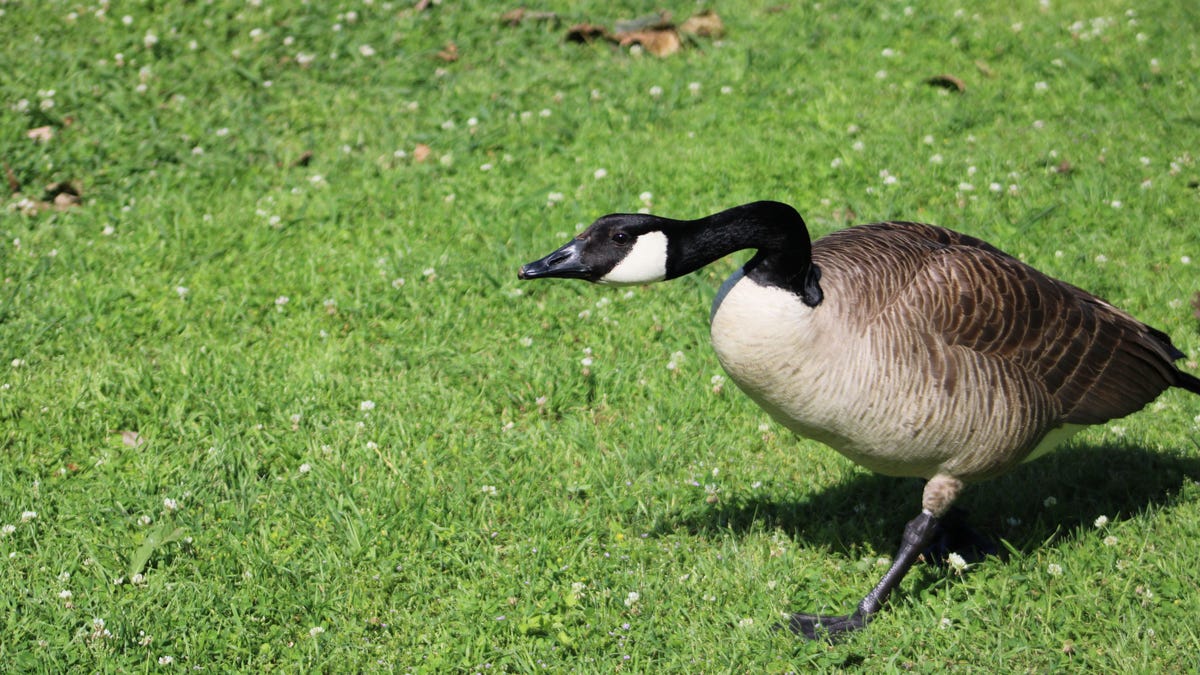How to Fight a Goose and Win (Just Kidding, You Won’t Win)
A few weeks ago, a video circulated around the internet of an unsuspecting Florida woman getting attacked by a goose in a crowded parking lot. According to a study from Utah State University, there were a reported 117 injuries...


Photo: Jacqueline Noguez (Shutterstock)
A few weeks ago, a video circulated around the internet of an unsuspecting Florida woman getting attacked by a goose in a crowded parking lot. According to a study from Utah State University, there were a reported 117 injuries from Canadian geese in the United States from 1990 to 2015. This means the chance of you getting attacked by a Canadian goose is low, but never zero.
If you’re a novice when it comes to goose attacks, you’ve come to the right place. Here’s everything you need to know if you ever find yourself face-to-face with one of the United States’ most common birds.
When do geese attack?
According to the United States Department of Agriculture, the way nesting geese interact with humans varies from goose to goose. Some geese will flee the moment they’re approached by humans, others will prepare to attack. Geese who choose violence will do so in service of protecting their nest, deploying tactics such as approaching the human by running or flying toward them. It’s not uncommon for a nesting goose to attempt to bite its perceived predator.
A common indication you’ve come across an angry goose is if they’re spreading their wings and making a loud hissing noise. According to the USDA, suburban and urban geese are more likely to attack humans than their rural counterparts. If you see a goose nest in a public space, do not approach it. Instead, call local animal control, and they’ll replace the goose nest in a safer location.
How to prevent a goose attack
If your prerogative is to keep geese off of your property, the Ohio Division of Wildlife says the best method of doing so is, crazily enough, chasing the geese. They explain that, “If done correctly and at the proper time of year, chasing can be the most effective management tool for you to use. Chasing makes the geese feel uncomfortable on your property and when coupled with other harassment techniques can have the most bang for your buck.” They recommend you start chasing in early spring (February or March). You should go out four or five times per day to drive the geese away before they start nesting.
You should know that if the geese have started nesting, the chasing method will yield no results. From April through June, the Ohio Division of Wildlife does not recommend chasing, and instead suggests steering clear. Other methods of geese removal include using lasers, or noise deterrents.
What to do if a goose starts attacking you
In reality, there is no winning a fight with a goose. If you find yourself locked in battle, your goal should be to minimize damage. Goose attacks are no joke; the Ohio Division of Wildlife has documented goose attack-related injuries including broken bones and head injuries. Here’s what they recommend you do if a goose is making aggressive moves towards you.
Maintain direct eye contact and keep your chest and face pointed at the goose. Never turn your back or shoulders away from the hostile goose. Calmly and slowly back away, watching for obstacles. Never run from the goose.Maintain a neutral demeanor, i.e., do not act hostile or show fear.
 Astrong
Astrong 
































